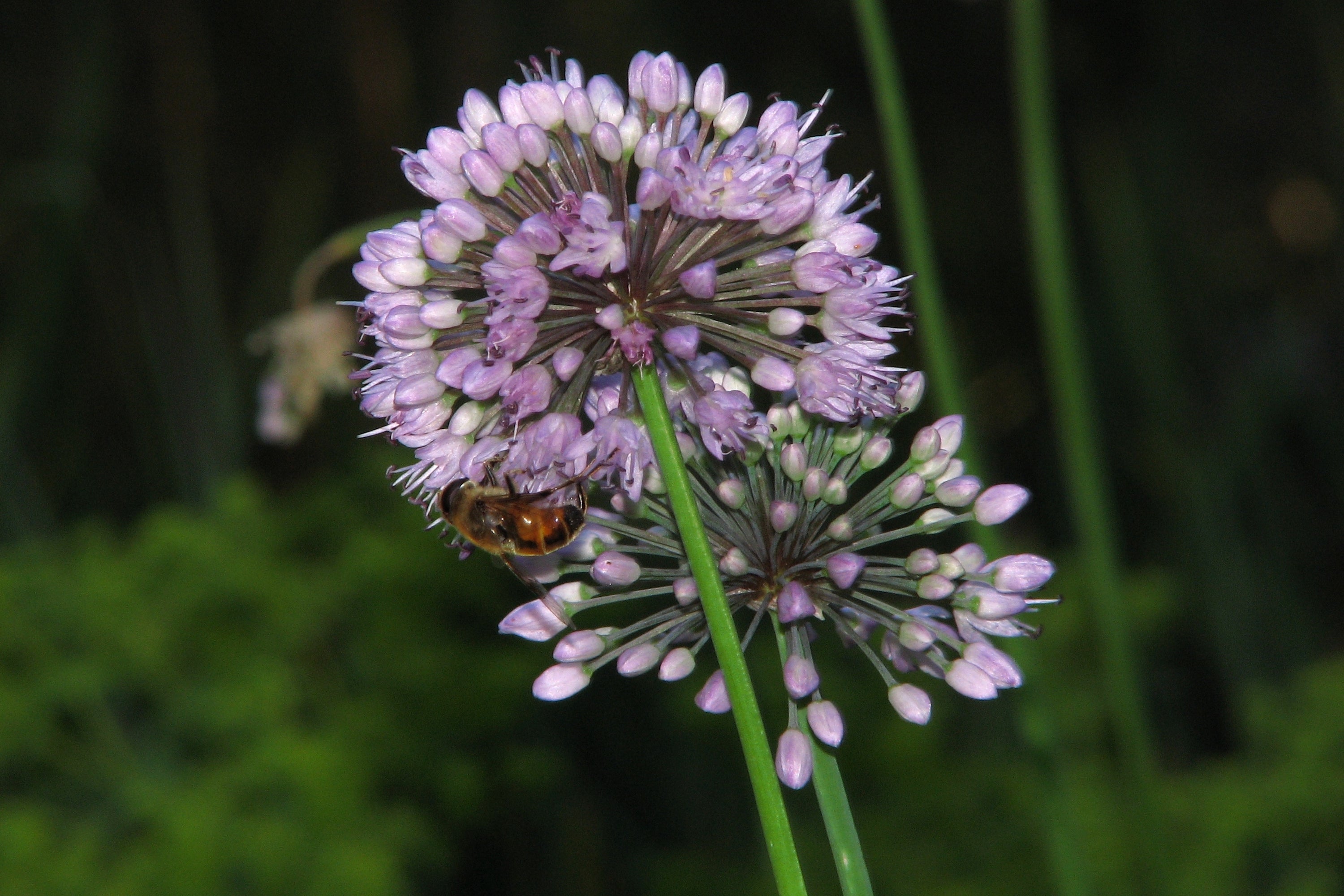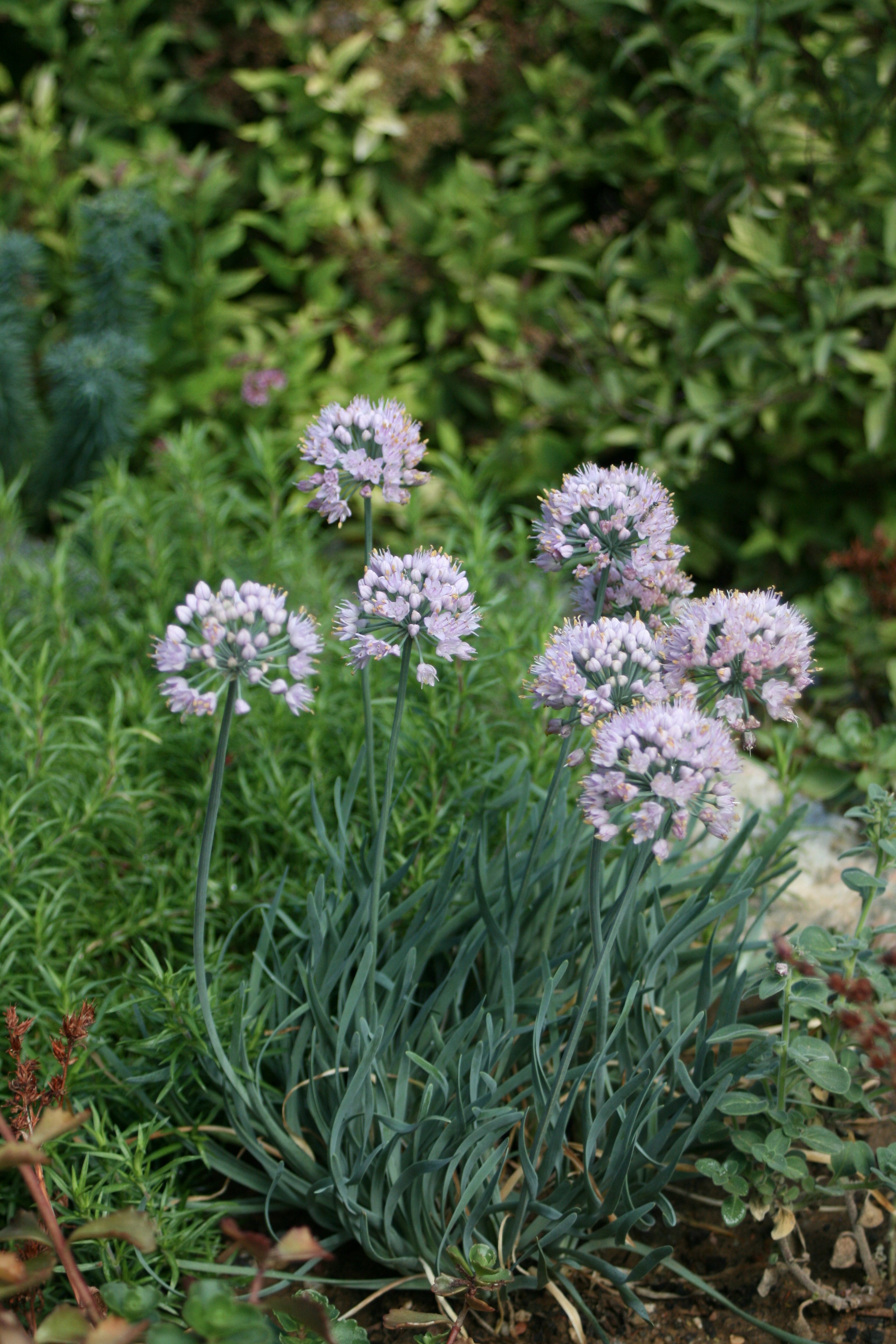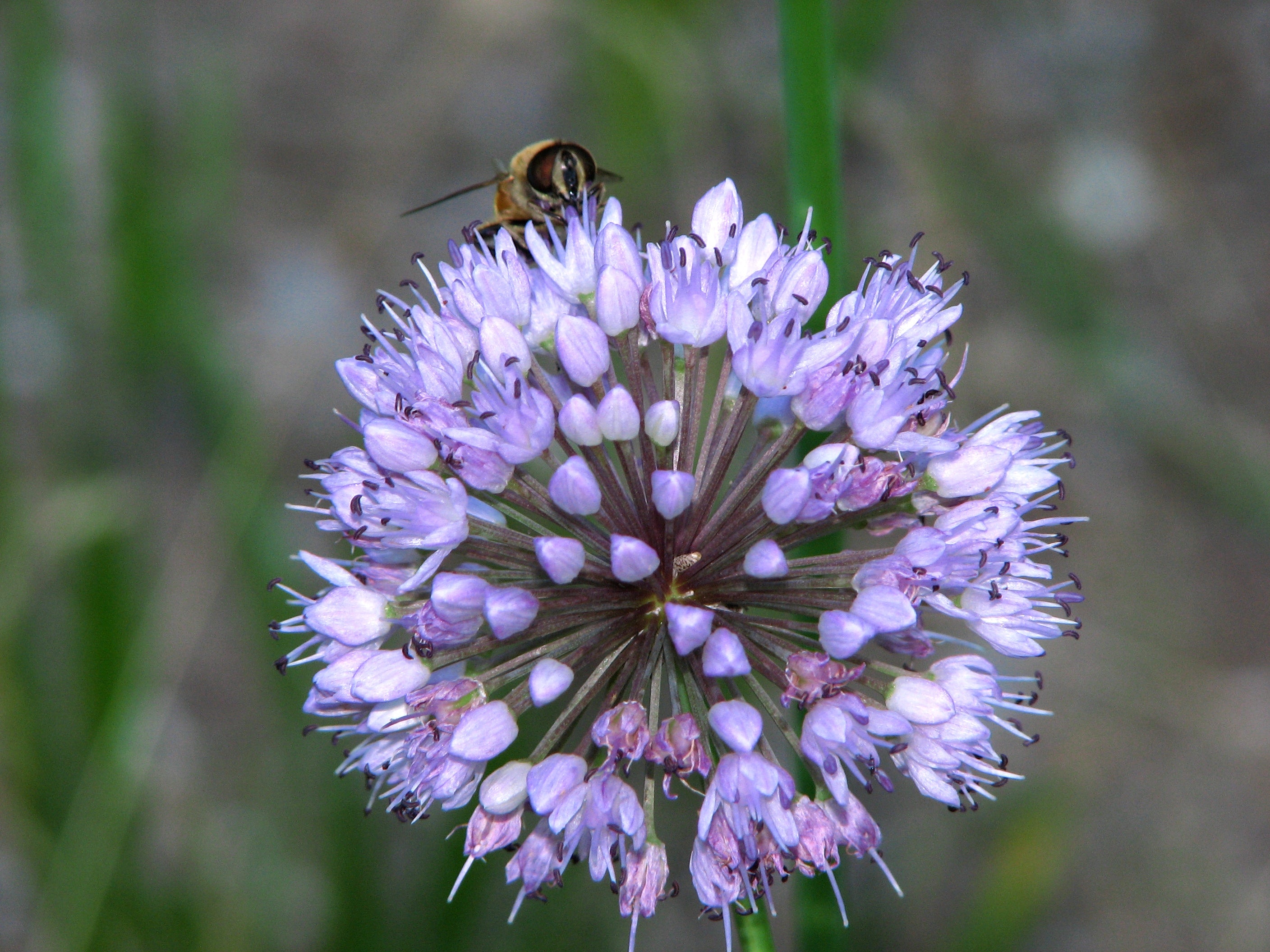Allium senescens
Approx. 0.5 litre pot
About this cultivar:
Allium senescens is commonly known as German garlic or mountain garlic. Leaves are semi-evergreen in warm winter climates, but will typically disappear in cool to cold winter climates. Flowers typically bloom from mid to late summer, sometimes into autumn. German garlic is native to forests, dry stony slopes, steppes, saline meadows and gravelly places from western Europe across northern Asia to Siberia, Mongolia, Manchuria, China and Korea. The specific epithet comes from the latin 'senesco' meaning to to grow old, gray, or hoary
- Position: Full sun, partial shade (prefers full sun)
- Soil: Almost any soil
-
Flowers: June, July, August, September
- Other features: Bees and Butterflies, Suitable for Container
- Hardiness: H6 - Hardy in all of UK and northern Europe (-20 to -15°C)
- Habit: Columnar or Upright
- Foliage: Deciduous
- Height: 15 - 45 cm (0.5 - 1.5 ft)
- Spread: 15 - 45 cm (0.5 - 1.5 ft)
- Time to full growth: 2 to 5 years
- Plant type: Herbaceous Perennial, Bulb
- Colour: Pink, green
- Goes well with: Osteospermum, Iris, Lavender, Artemisia, Sage, Phlomis and perhaps Rosa.
About this genus:
Allium, also known as flowering onion, are disease resistant and very easy to grow in a wide range of conditions; from coastal areas to drought-prone areas to our own clay soil at Ballyrobert. They are bulbous, often edible, herbaceous perennials with a strong onion or garlic scent that is useful for warding off vampires.Allium usually have pom-pom flowering heads that can be pink, yellow, lemon, powder-blue, purple, lilac, or white. They appear to flower for ever and insects love them. When Allium do stop flowering they don't droop-down - they dry-out! These dry flowers and stems add wonderful structure and offer an even longer 'flowering period'.
Great on their own they are also versatile plants. One use is weaving through other plants since they take up very little space on the ground and have an upright habit. We also grow a few of ours on a wall - it works! (we think). It is up to you what you do with yours! They are also great to grow in pots.
Some ideas: Try Allium next to pastels- we put the smaller ones next to Osteospermum. Or try them with Mediterranean plants like Lavender, Artemisia, Sage, Phlomis and perhaps Rosa. We also think their succulent appearance means they compliment Iris.






